As in 2016, Sue’s work on this trip was in relation to the Days for Girls Enterprise, based at the Women’s Center at the Anglican Cathedral in Toliara. This year was another great step forward for the Enterprise. When we visited in 2016, we taught many women to sew the kits, but did not have time to address marketing as well.
This year’s visit gave us the opportunity to translate into Malagasy the Days for Girls lessons on female health and hygiene. We were then able to train around 35 women, from all parts of the Diocese of Toliara, to go out into the community and teach these lessons to others, and explain the benefits of the Days for Girls washable feminine hygiene kits.

The women were able to practice what they learned in class by teaching at various distributions in Toliara and Fort Dauphin areas. Over 900 women and girls (and a few men) heard the teachings. Over the four weeks, we distributed 437 kits in 13 churches and villages, 6 medical clinics and 1 school. (School exams and vacations meant we could not go into more schools).
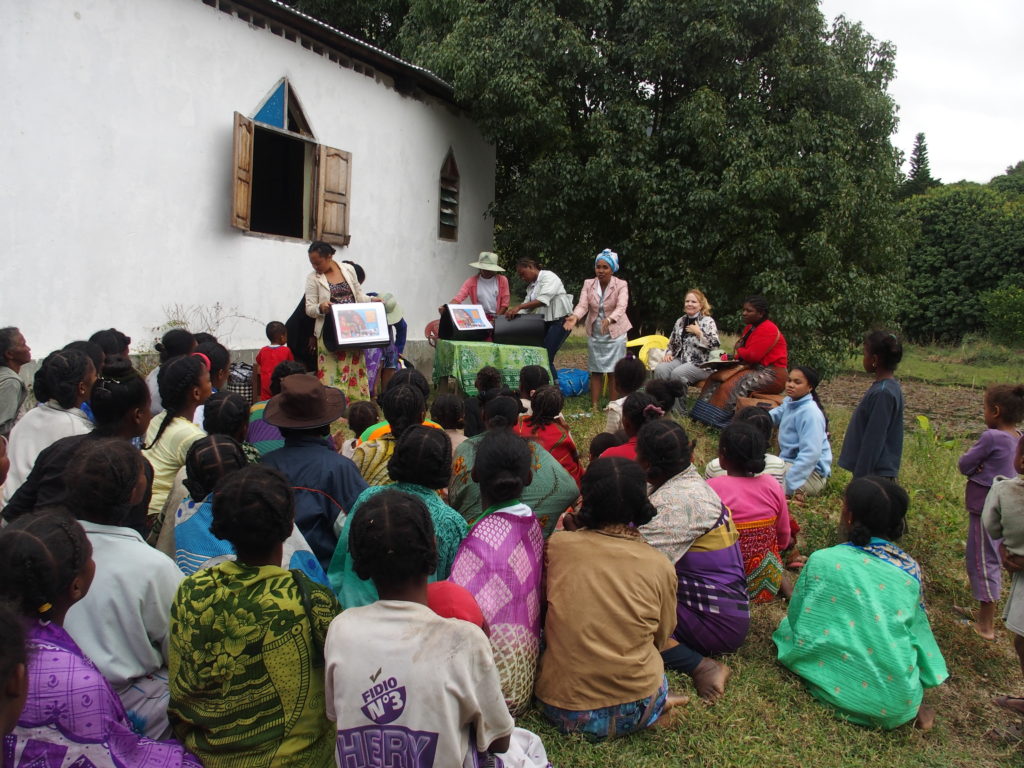
Sue was surprised by one of the questions during the teaching week, when the women explained they had been told that they could neither receive communion nor be a chalice bearer when they were menstruating. Bishop Sami explained that there was a custom in some areas of the south that required the women to wear a ribbon around their head identifying them during their periods. After consultation with Bishops Todd and Sami, Sue then led an hour’s Bible Study explaining why this was not a view propounded by the Diocese.
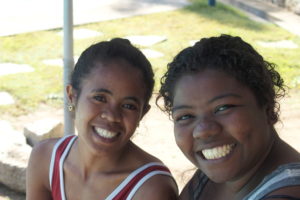
At the end of the first week’s training, Ms. Harisoa was appointed DfG Assistant Coordinator at the Women’s Center for one year. We are hoping that this will enable the Enterprise to grow and many more kits to be distributed. She is a brave young woman, happy to demonstrate the ease of running and dancing while wearing a kit! Reports back from the women, who have had the kits for 2 years, were very positive. They love the fact that the plastic barrier prevents leaks and stains showing through.
We have been contacted by a Toliara business, which is talking of ordering 100 kits a month to be made by the enterprise, which will mean we can offer regular employment to women. If this is successful, we will then contact other businesses to see if they would like to follow suit.
We were also able to meet with representative of two UK not-for-profits: Blue Ventures (blueventures.org) and SEED Madagascar (madagascar.co.uk/projects/community-health) both of whom have community health programmes which dovetail nicely with the work we are doing with Days for Girls. SEED also has an embroidery project which sells internationally, and we are exploring the possibility of collaborating with them in relation to the paper bead products that are made at the Cathedral.
As in previous trips, Simon worked with the Diocesan accountant on various bookkeeping matters. He also led two philosophy sessions for clergy and prospective clergy.
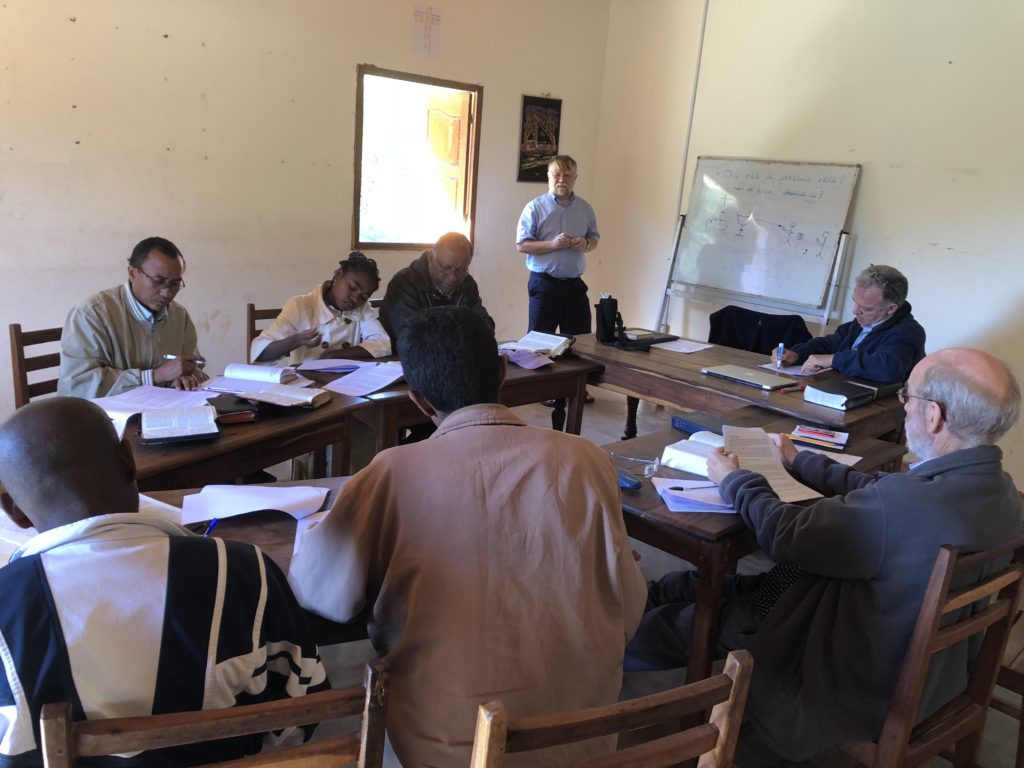
The first session concerned the relation between faith and reason, and the role that philosophy can play in thinking about Christian doctrines. We considered St Paul’s conversations and speech in Athens, which illustrate the use he made of various ideas circulating in Greece at that time (Acts 17:16ff) and his comments on the possible abuses of philosophy (Colossians 2:8). We read Tertullian’s (160-200AD) hostility to philosophy expressed in his Prescription against the Heretics, and a passage from the Confessions of St Augustine (354-430AD) which describes the role that reading Neo-Platonic philosophy played in his coming to see Christianity as intellectually respectable. After his conversion, St Augustine’s view of faith and reason was contained in his program of “faith seeking understanding”; we read portions of St Anselm’s (1033-1109AD) Letter on the Incarnation of the Word that provided valuable insight and advice on how to pursue that program of “faith seeking understanding”. The choice of St Augustine and St Anselm was partly motivated by the availability of translations of their writings in both English and French (French being the language of high school and higher education in Madagascar). In both sessions, Bishop Samitiana did a wonderful job of keeping the discussion flowing between Malagasy, English and French.
The second session was devoted to understandings of the Eucharist. We identified and discussed seven different understandings that have been proposed by Christians over the centuries. The discussion of one of those understandings – transubstantiation – was facilitated by an explanation of the Aristotelian notions of ‘substance’ and ‘accidents’.
In addition to our work, we had a short break beside the ocean at a hotel in Ifaty (a short distance north of Toliara) between our time in Toliara and traveling to Fort Dauphin. Our time in and around Fort Dauphin included a visit to a lemur reserve at Nahampoana and a stay at the nature reserve at Berenty.

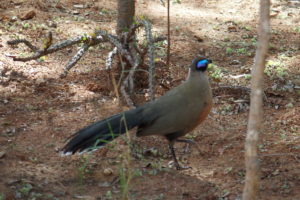
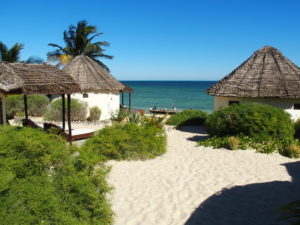
Thank you all so much for your prayers and support which made this trip possible! And thanks be to God!